Introducing ‘Old man’ Laozi
Laozi was a Chinese philosopher and a mystical teacher, who walked the earth around the same time as Gautama Buddha and Confucius did. This was back in the 6th to the 4th century BC. Laozi was one cool dude. He is both considered the writer of the Dao De Jing and the founder of Daoism.
This is how the story goes, but there is no actual evidence that a person named ‘Laozi’ actually existed and likewise, there is no evidence that he wrote the Dao De Jing. It is far more plausible that the verses have their origin in traditional beliefs, customs and the wisdom of a community, from which they were passed down orally for centuries (in rhyme to make them easier to remember, possibly), before they were finally written down and bundled in what is now known as Dao De Jing.
Yet the use of the name ‘Laozi’ seems apt, as it translates into ‘old man’ or ‘old sage’ and can be interpreted metaphorically.
Dao De Jing roughly translates into ‘The way of integrity’. If you haven’t heard of it before, I don’t blame you. I studied philosophy for six months once in a blue moon and the text wasn’t mentioned in any of my classes. Yet her wisdom is powerful. It’s simple and subtle, gently asking us to become aware of ourselves first, so we may experience the world with love, wisdom and integrity, instead of being experienced by it.
I’m sure that you’ve seen Laozi pop up once or twice before:
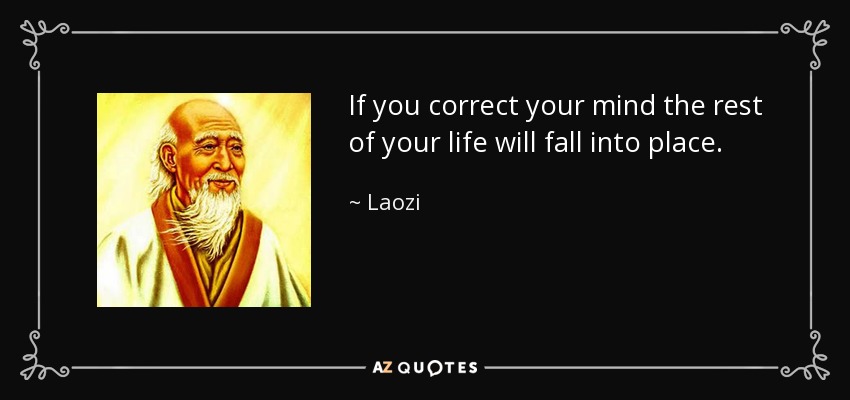
A Wudang kungfu student is a student of Daoism
I wasn’t familiar with Daoist philosophy until I came to China, but Wudang kungfu (the type of kungfu I practice) is connected to, no rather, intertwined with Daoist thought and culture in the same way that Shaolin kungfu is intertwined with Buddhist culture. I’m very pleased to have discovered Daoism. Daoism is kind of like Buddhism’s happy brother. It’s the Beatles ‘Let it be’. It’s that rainy day off that you enjoy completely guilt-free reading a book or watching movies. It’s that person who is content, for no apparent reason, just because everything is as it is and that’s enough for him.
A few weeks ago I had the massive honour of hanging out with Mr Laozi himself.
The day started out as any regular day; blue skies and sunshine included. During morning class, Shifu Wang practiced Daoist steps with us.
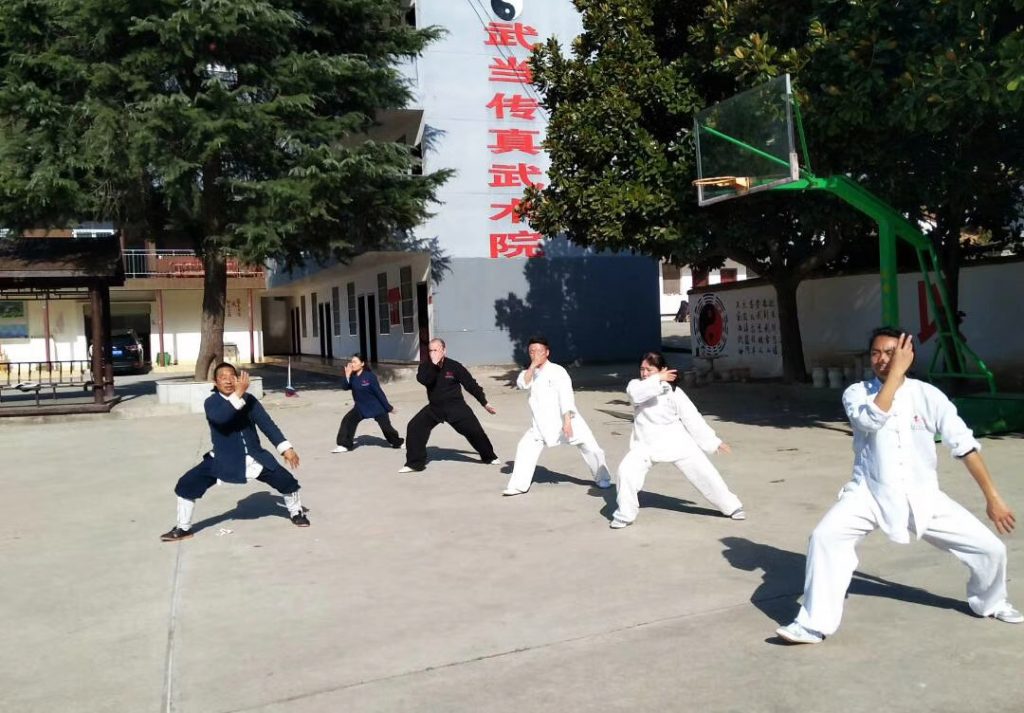
After lunch, just as I was about to go down for afternoon class, my coach’s voice bellowed up.
“AAAAARRRRRWEEEENNNNNNN.” (her favourite way of communication.)
“Shenma!?” I shouted back, proud of the Chinese I was by now learning to implement into everyday conversation. (But don’t get your panties in a bunch, shenma means ‘what?’ 😉
“Put on your white uniform and come down, Shifu is going to take us out.”
So I changed into my white uniform – the colour that is generally worn for ‘special’ or more official ocassions and I went down. Living in a kungfu school you learn to go with the flow and to do what you’re told.
A little trip up the mountain
Nine of us (including little baby Ma Zihan, Shifu’s granddaughter) piled into the car. We drove off listening to Shifu’s favourite Chinese pop music, tones I’m slowly learning to develop a liking for. After leaving the school’s gate we didn’t turn onto the main road but instead made a sharp U-turn onto the little back road that winds and zigzags its way up into the mountainous area behind the school. We followed it for a good 15 minutes, got out and continued the journey walking in line along a small path in a foresty area for another 15 minutes. Then we suddenly walked into this:
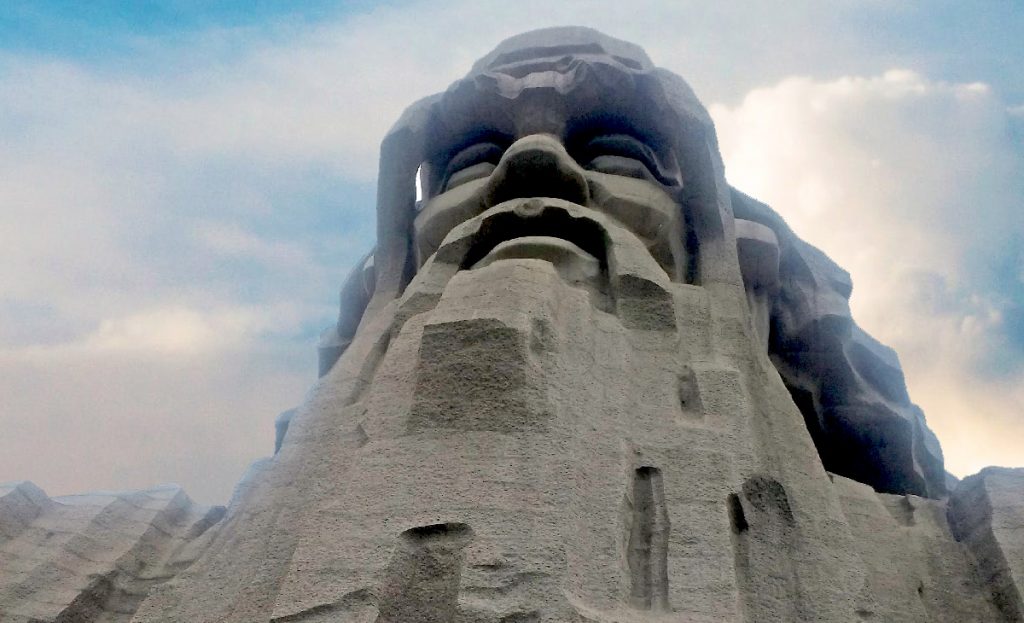
That’s right. It’s a massive Laozi head carved out of light porous stone. “Very Chinese,” Russian Maksim quipped, assessing the structure of the statue, which made me (very inappropriately) giggle.
Don’t get me wrong. We were both very impressed. You don’t often walk into a sight like this completely out of the blue. There is no visible entrance to the place, no informational signs, no history given, no what, where or hows – just this giant head chilling out in its stony base, calmly overlooking the pretty Tai Ji lake in front of him.
Cue to the part where we assume our best kungfu poses
It made for a wonderful viewing spot and thus for a wonderful picture opportunity – a cherished past time of many a kungfu student, teacher AND master!
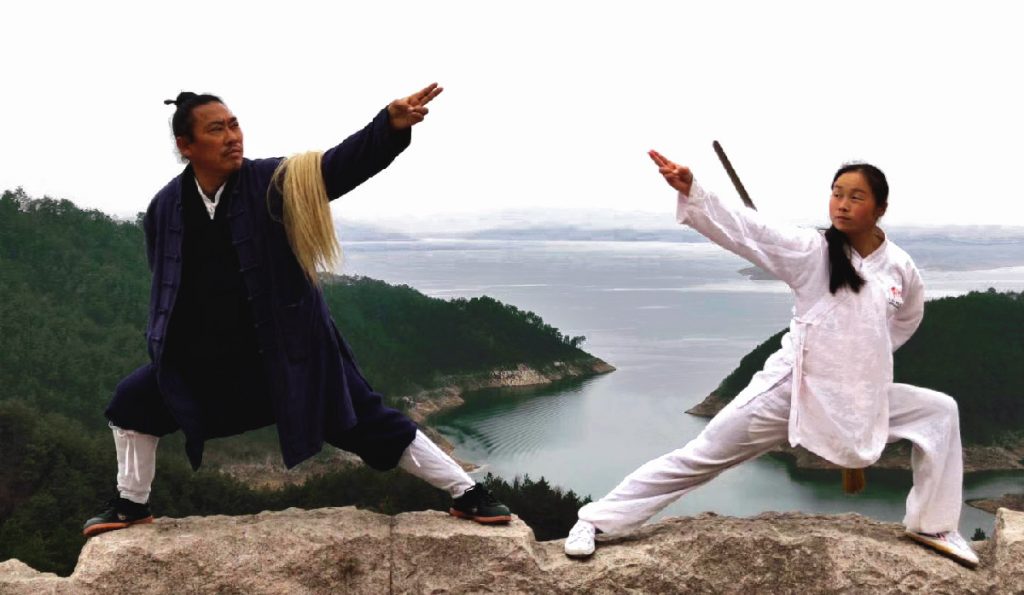
There’s Shifu Wang with Wang Chong Qin. She is his disciple and my absolutely amazing coach and good friend.
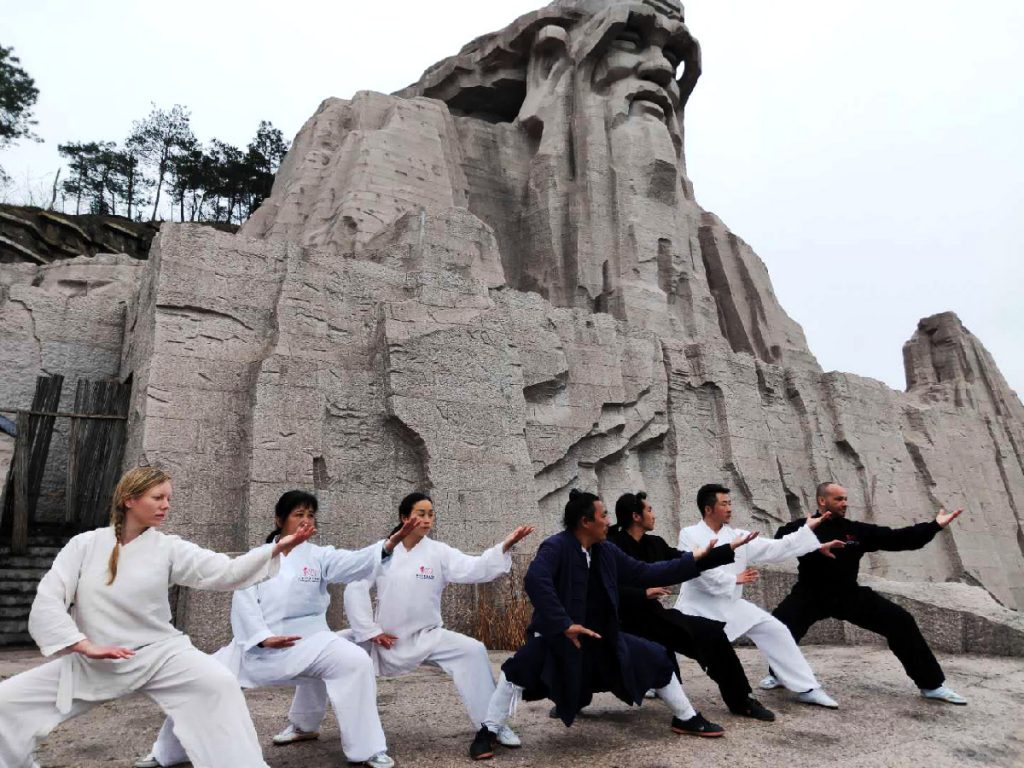
Our group, minus Wang Min, the Shifu’s daughter, who is the photographer.
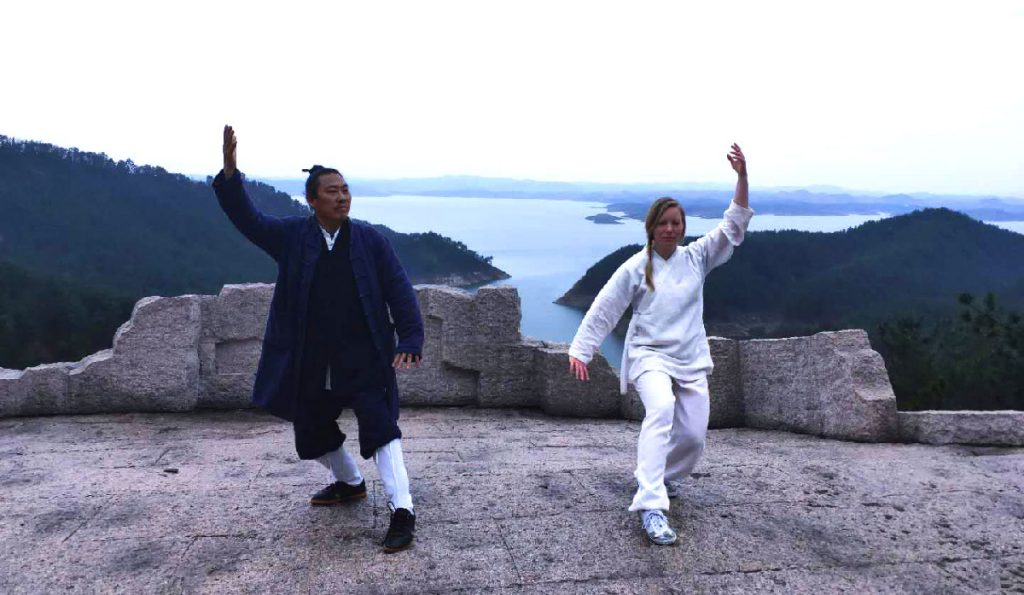
Upping my posing game.
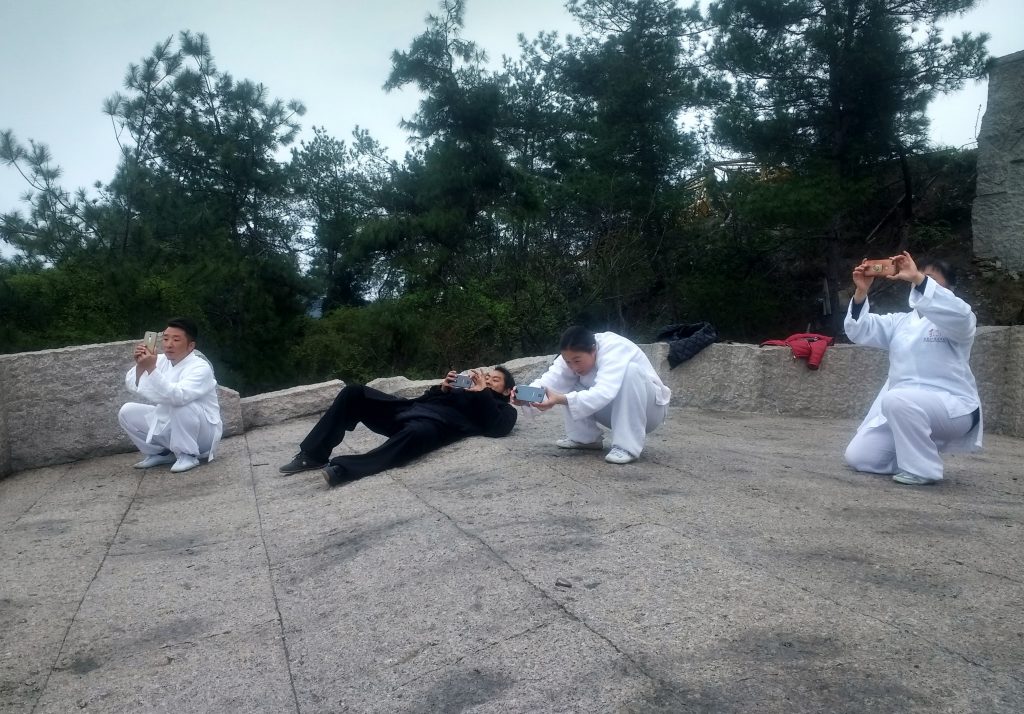
Chinese people taking pictures.
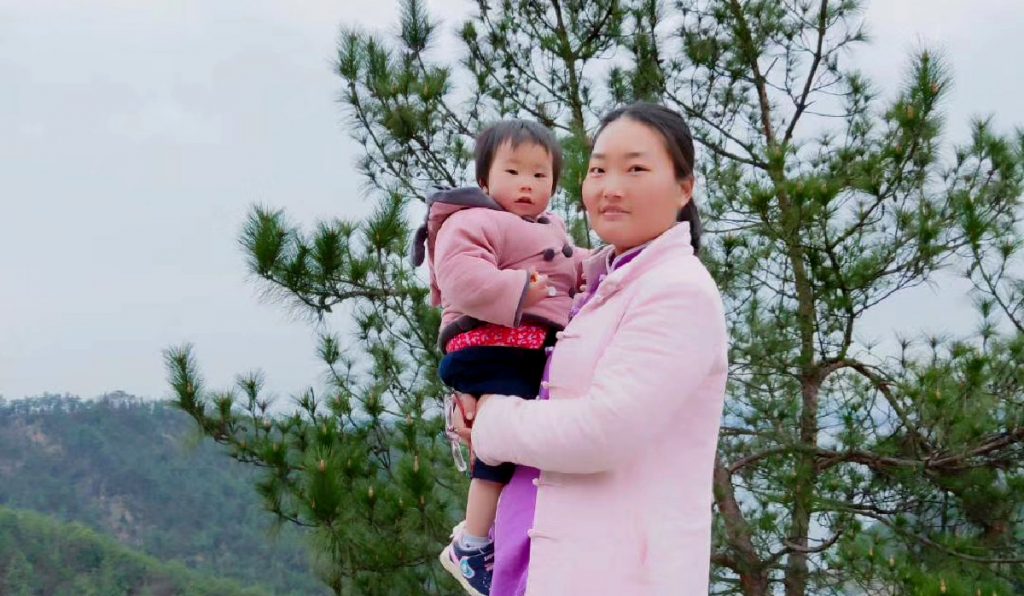
Beautiful Wang Min with Ma Zihan, who is everyone’s darling at school. It’s a real family school. Baby Ma Zihan is a welcome spectator AND participant of many a class.
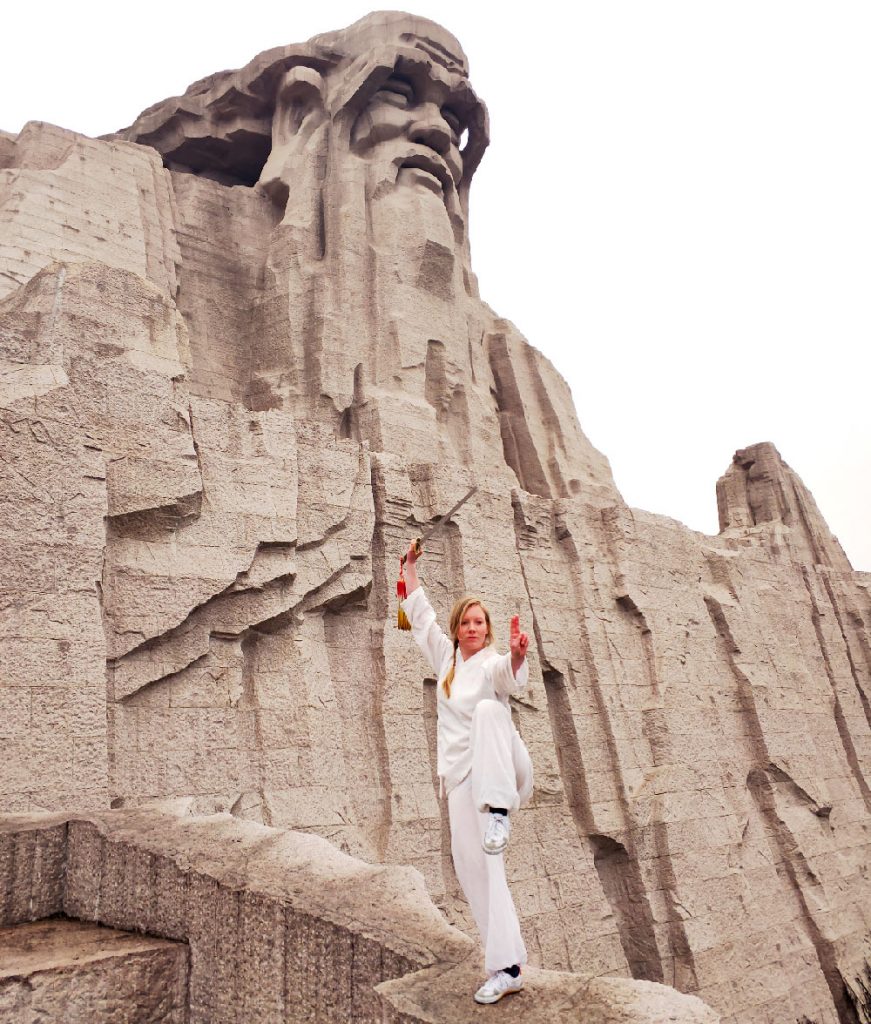
Possibly my coolest picture, ever.
All come to the Wudang Dragongate kungfu school in Wudangshan ⚔️
We spent some time practicing Chi Gong, mainly for aesthetic reasons because my school has to up its PR game a little bit. The school is amazing yet I am currently the only student (and not complaining at all, mind you!). But if anyone is looking for a great place to learn the art of kungfu where you will truly receive a lot of personal attention (as opposed to school’s with hundreds or even thousands of students where you are only a number), I’ll kindly direct you to the school’s website and facebook page.
When it started to drizzle, we made our way back to school, granting Laozi back his solitude.
For anyone who’s interested in Daoism: the Dao De Jing is a surprisingly digestible and amazingly thought-provoking read. It consists of short verses. No histories, no rules, no plans for life, just lightness and wisdom. I’m reading Stephen Mittchell’s translation at the moment – a couple of verses a day. This website makes for a very relaxing read: http://www.taoteching.org.uk/
2 comments
Hey, kung fu sister, Thanks for sharing. One important thing though to note – researchers of old Chinese texts have concluded that there was no one author of “Dao De Jing” and these texts are compiled in different centuries and definitely written by different people (based on the style and references of the text). Very possible that there was no such man as Laozi at all. As we know, it means “old master” and most researchers believe that it is more like a symbolic “author”, meaning that the pearls of wisdom were more like folklore – the traditional beliefs, customs, and stories of a community, passed through the generations by word of mouth, and afterwards written.
Hugs and kisses to Wang E and Wang Min.
Kristine
Thank you for bringing this to my awareness, Kristine!